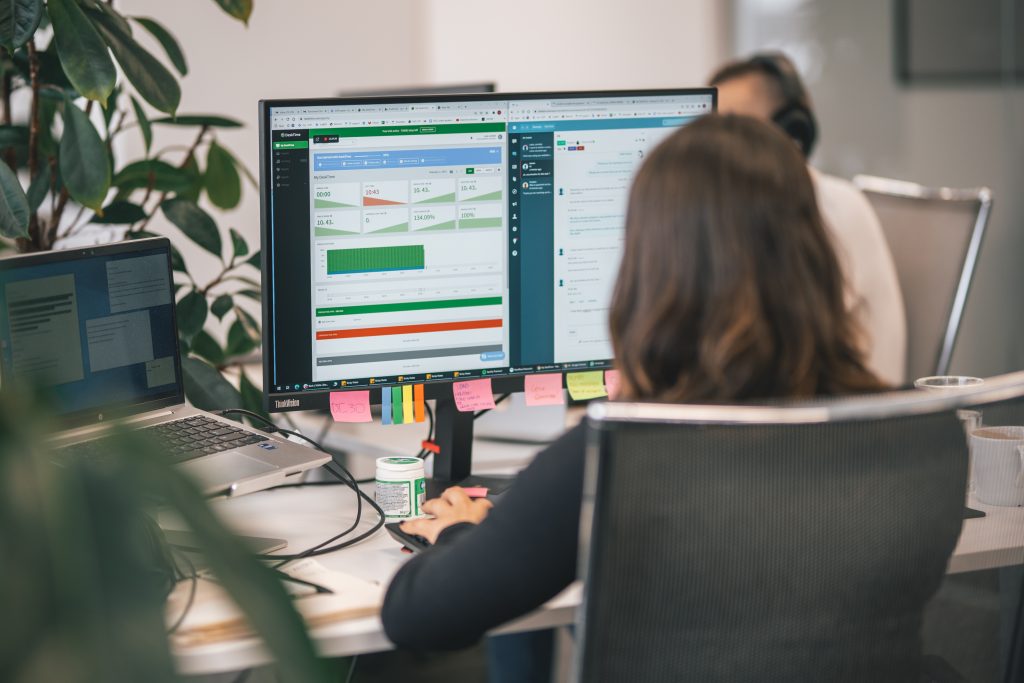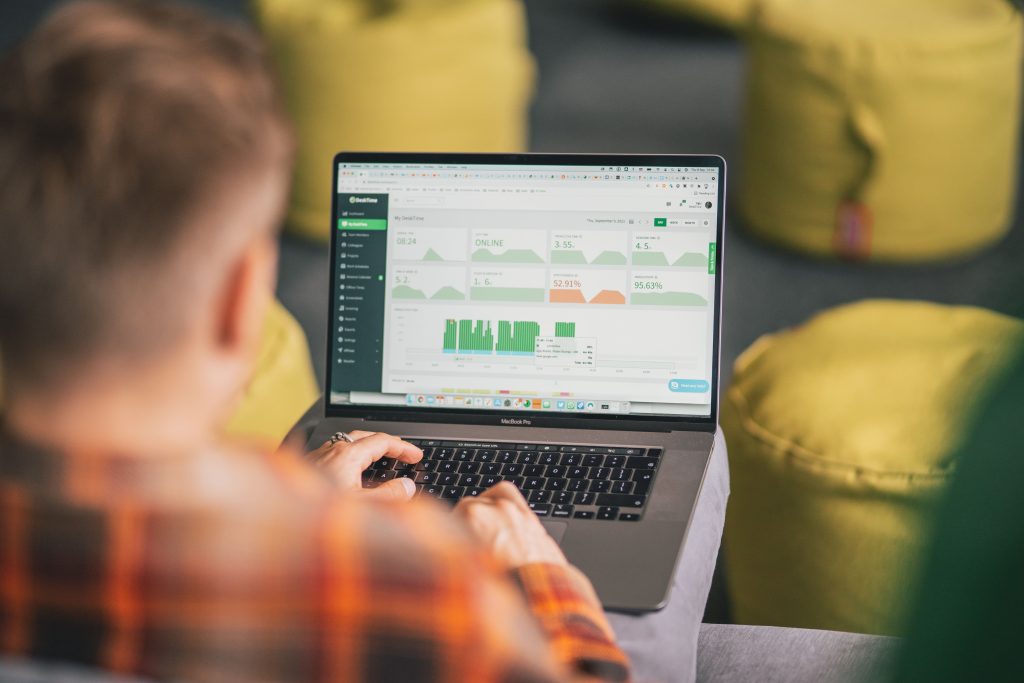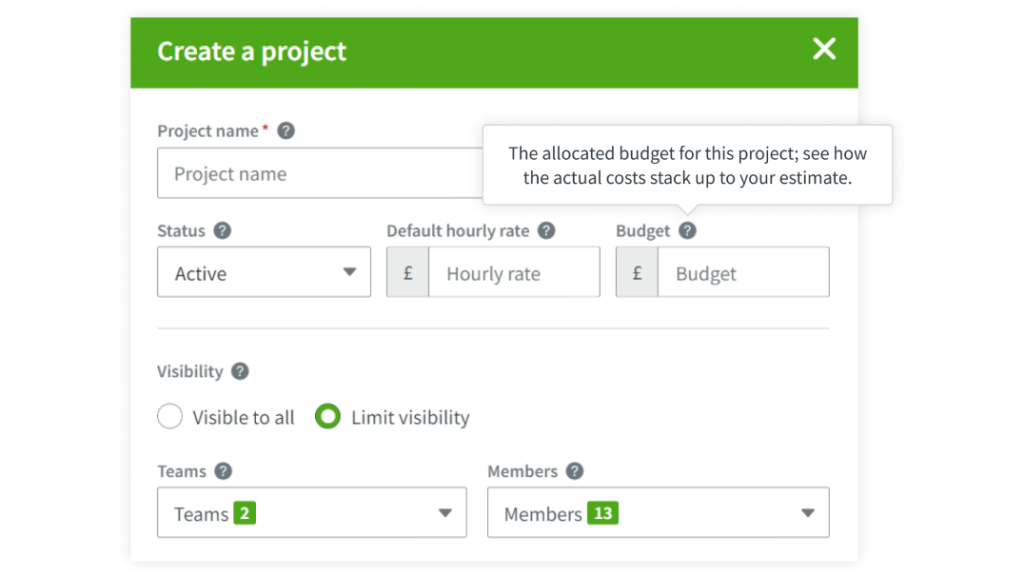The importance of project expense tracking and how to implement it
Every project has a budget and with project expense tracking you can ensure this budget is put to good use toward achieving the overall objective. By recording and monitoring all the associated project costs, you can gain valuable insight into how the project is faring, learn what areas require immediate attention, and discover avenues for short- and long-term optimization.
Whether you’re a solo freelancer or the project manager for a large team, project cost tracking can not only improve how you handle the work itself, but also facilitate accountability and better communication with the stakeholders you report to.
If you work with projects and haven’t been tracking expenses – now is the best time to start. This article will help you do just that. Let’s take a look at why you should be tracking your project expenses, what are the most common types of expenses, how to get started, and what tools to use.
Want to get the most out of your time?
Try DeskTime for free!
Try free for 14 days · No credit card required.
By signing up, you agree to our terms and privacy policy.

Why not tracking project costs can ruin your project (and future ones, too)
By not tracking project expenses, you open yourself and the project to certain risks. Most notably, these include budget overruns, mismanaged resources, and, ultimately, reduced profits. But that’s not all – you also hamper your ability to accurately estimate the costs for other projects in the future, which means that your next project is also likely to suffer from the same issues.
Let’s expand on the four dangers of NOT tracking project costs:
1. Exceeding your budget
Without proper tracking of project expenses, it becomes difficult to know how much money has been spent on the project and how much is left. This can result in unwelcome surprises where a project has to suddenly be stopped because you’ve run out of funds. Or corners have to be cut, resulting in a subpar outcome. Or you may find yourself in the uncomfortable position of asking for additional funding.
2. Mismanaging your resources
If you don’t track your costs, you’re more likely to make bad decisions. For example, it’s a good idea to realign your finances several times throughout the project, as you grow to understand it better in the process. But, unless you do some project budget tracking, you will struggle to do so. This often results in a disbalance of finances where one department may be overfunded, while another – underfunded. Ultimately, this means wasted time and money.

3. Lower profitability
In cases of budget overruns, you may be expected to shoulder some of the costs for your client. This will eat into any markup you set at the start of the project and reduce your profits. Even when the client fully covers the expenses, it’s bad news for you because they’ll be dissatisfied and may opt for a different partner going forward. Again – lower profits for you.
4. Difficulty in forecasting
Both for this project and the next one, too. Unless you’re in the know about where the money goes, you cannot accurately estimate how you’re faring in terms of resource usage. Plus, by not knowing your real expenses for a project, you cannot give an accurate estimate when the next project comes around either and will continue to struggle with project budget tracking.
On the flip side, you can avoid the four risks outlined above by simply tracking your expenses. Once you know where the resources go, you can be more confident in your budget, put resources to better use, improve your profitability, and then do it all again and better with the next project. This is not just good news for you, but for your project partners, as well. They’ll know they can rely on you and be more satisfied with your work.
The most common types of project expenses you should track
The purpose of tracking costs is to reflect the real costs of a project. That’s why, to get an accurate picture, you should be tracking absolutely everything that goes into realizing the project. This may include:
- Labor costs – the wages, salaries, and benefits of all the people working on the project.
- Material costs – from raw materials to software, it’s important to include the costs of all physical and digital resources that are used.
- Travel expenses – flights, hotels, meals, and even taxi fares, if it’s just a visit to a nearby office.
- Legal & marketing – any costs associated with legal fees, licenses, promotional materials, advertising costs, etc.
- Overhead costs – rent, utilities, administrative expenses, insurance, and more. If you’re a freelancer, this might even include coffee.
- And others – consultation fees, outsourced services, etc.
Everything counts because the goal isn’t to paint a perfect picture, but to see the real state of affairs, which then allows you to plan and react accordingly. After all, these insights are primarily for you, not for the client. You’re probably not going to explicitly include “taxi fares” when billing the client (unless you’ve agreed on it), but it’s an expense nonetheless – and by being aware of it, you put yourself in a better position for planning any future projects.
How to start tracking project expenses
Now that we know the why and the what, it’s time to talk about the how. Luckily, tracking project expenses can be as simple as writing them down. That’s the first step – write down every expense. Ideally, you should always contrast them with your assigned budgets and try to update them in real time.
You can use simple spreadsheets or dedicated project cost management software to catalog your various expenses. Yes, you can make do with a single Excel spreadsheet – and if you’re a freelancer, you probably don’t need anything more than that. That said, specialized software will certainly make it easier to track and oversee your expenses by offering a simple way to input them, as well as various reports for analysis. But it will itself become an expense.

Whatever system you choose, it’s a good idea to have a dedicated person responsible for tracking. Otherwise, if everyone’s responsible for inputting their own expenses, it may be difficult to ensure everyone does so in a timely and accurate manner and information can get lost.
Some things are easy to track. For example, fixed and predictable expenses such as a recurring subscription for some tools used in the project. Once-off expenses are also straightforward as you can just add them to your sheet and forget about them.
Typically, the most difficult thing to track is the labor costs. Different salaries, changing team members, various departments – things can get messy. Even solo freelancers can struggle with this, as they need to accurately track their time, despite often working irregular hours. That’s why it’s a smart idea to consider project cost management software or other tools that may help you with tracking expenses.
A simple tool for project expense tracking – DeskTime
DeskTime is a time tracking app and it sports several features that make it ideal for tracking project expenses, especially the most difficult one – labor costs. The most relevant is the Projects feature.
Within DeskTime you can create a project and not only add the people working on it but also specify the hourly rate, as well as the budget. Once this basic setup is complete, DeskTime will automatically track how much time is spent on this project both individually and across the entire team – and how much it costs.

You can see how your expenses stack up against the budget, you can assign project or task-specific hourly rates, and you can integrate DeskTime with any project management tools you use, such as JIRA, Asana, GitLab, and and other project software tracking tools.
As a result, you’ll know exactly how much time goes into a project and you can easily review current team and individual progress with DeskTime’s easy-to-create reports. You can also estimate the potential costs of a new project. To do so, simply create a project, then set up project, task, or employee-specific hourly rates, and add an allocated budget to see how the actual work stacks up to your estimate.
Check out this article where we go in-depth on how to make the best use of DeskTime’s Projects feature.
At the end of the day, DeskTime provides you with a convenient way to track labor costs and makes it easier to manage your project expenses. Alongside DeskTime’s other time-tracking, reporting, and productivity features, it’s an invaluable tool in the modern project manager’s arsenal.

Track your expenses like a pro
Use DeskTime to manage your team and resources with ease
Knowing is half the battle
Keeping track of project expenses is crucial for the success of any project. It allows you to gain insights into its progress, identify areas that need attention, and optimize resources. Failure to track expenses can result in budget overruns, mismanagement of resources, and reduced profitability.
On the other hand, monitoring expenses can help you improve budgeting, allocate resources effectively, and communicate better with stakeholders. Whether it’s through simple note-taking or specialized software, tracking expenses is a must for effective project management.
Remember, knowledge is power, and knowing where your money is going is key to success.
Did you find this article useful? Give it a clap!
Psst! You can clap more than once if you really loved it 🙂